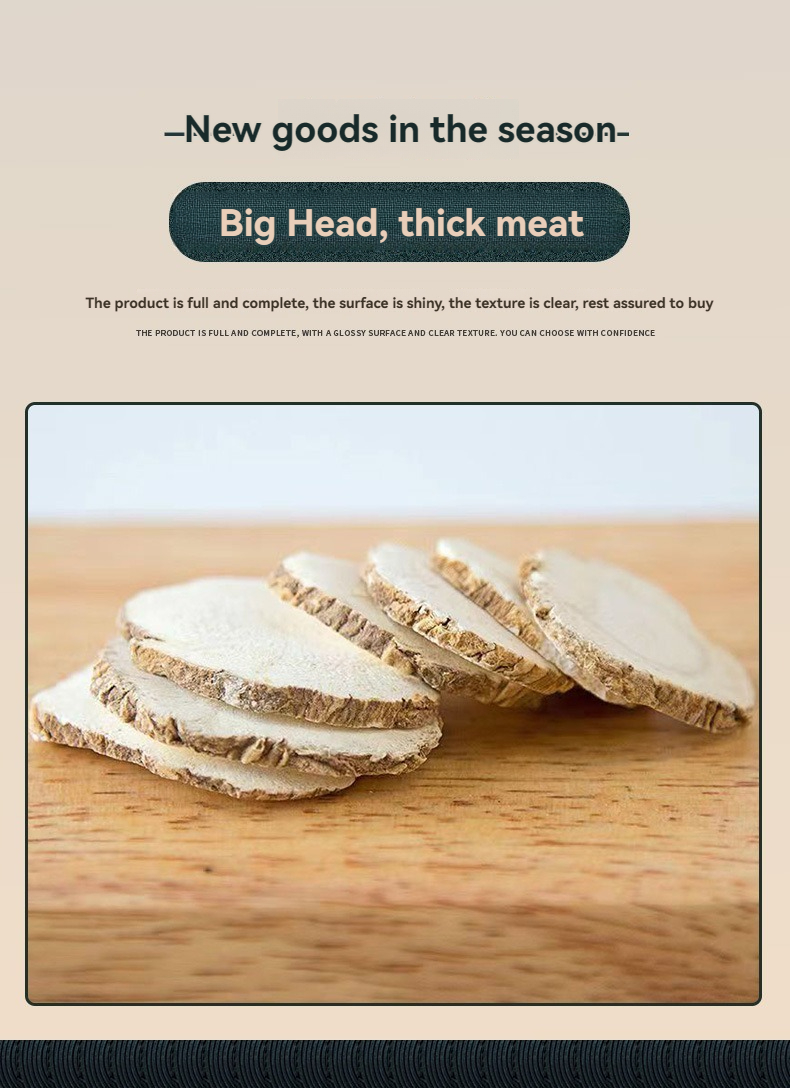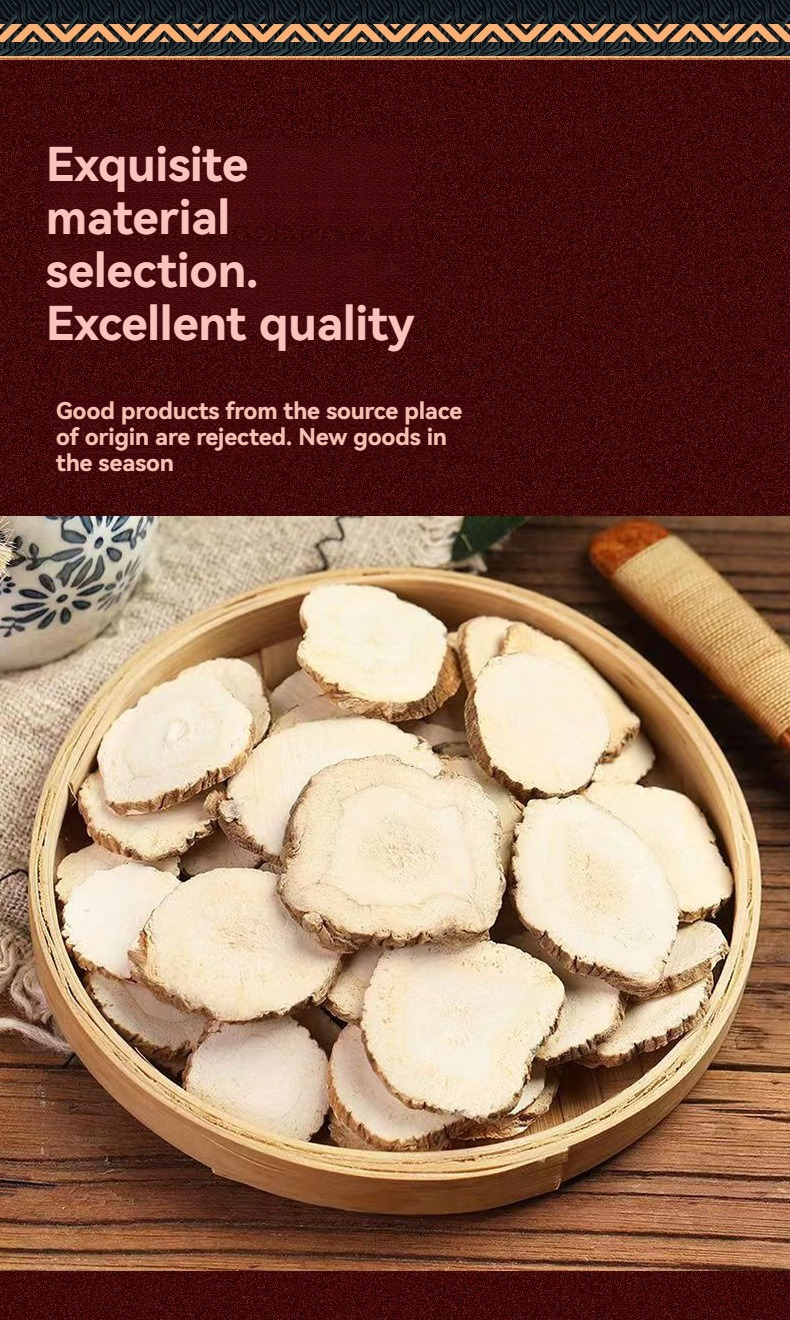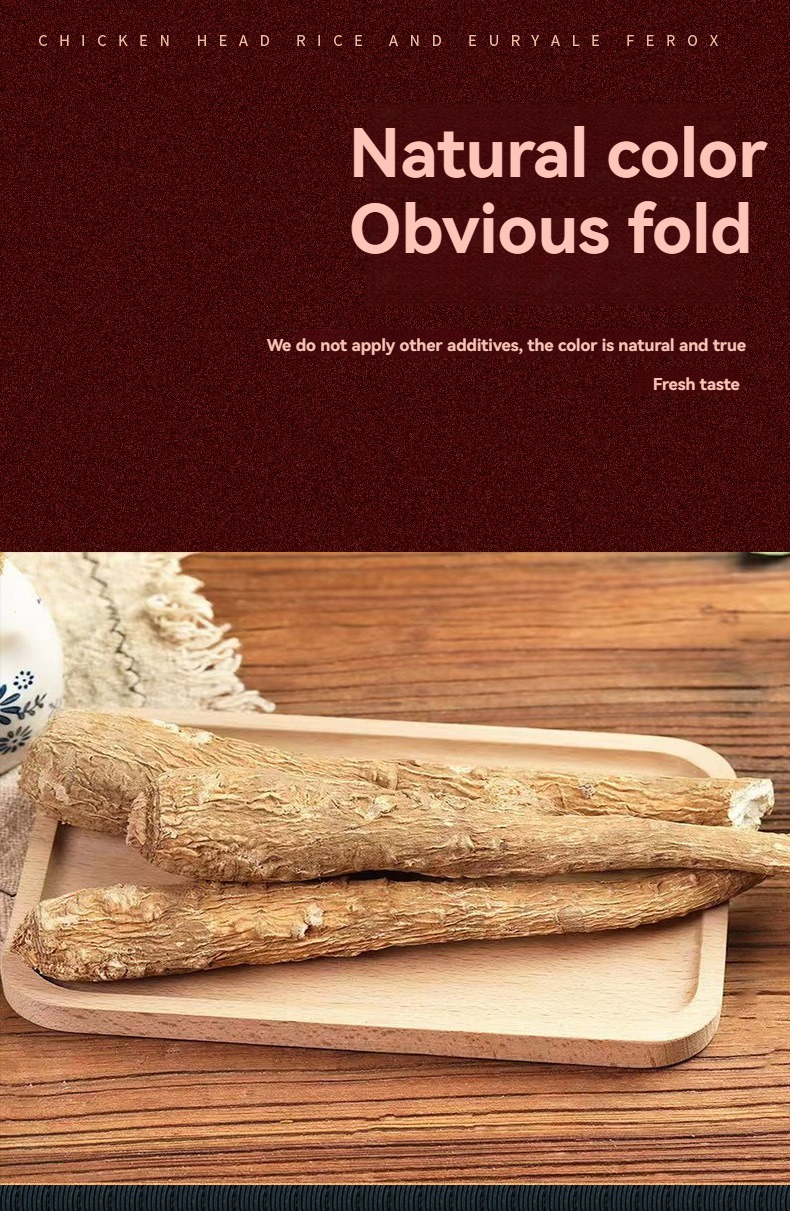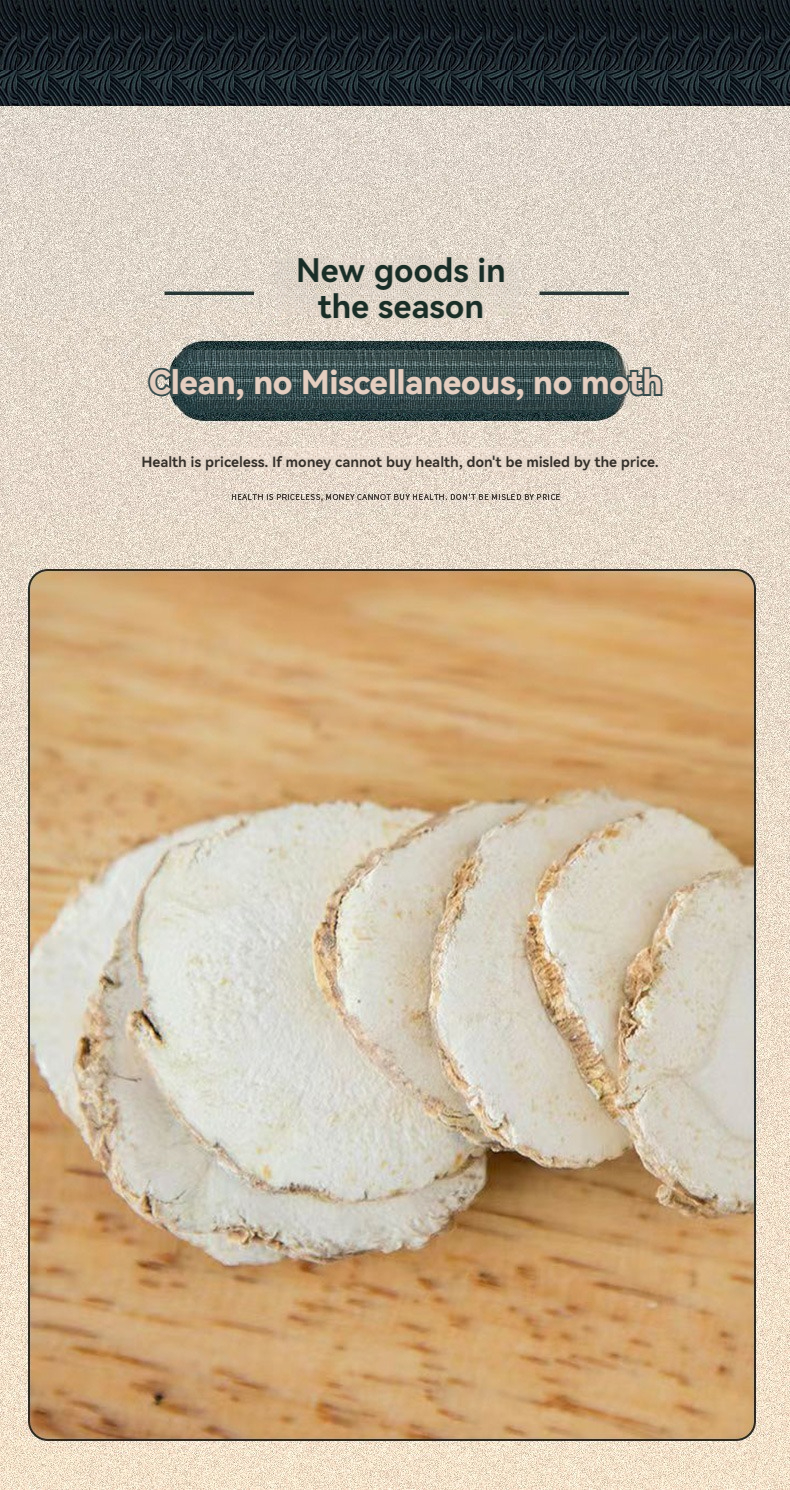















Angelica dahurica (Bai Zhi), a cornerstone herb in Traditional Chinese Medicine (TCM), offers five core actions: releasing the exterior and dissipating cold, dispelling wind to relieve pain, unblocking nasal passages, drying dampness to arrest discharge, and reducing swelling to expel pus.
Key Functions & Clinical Pairings
1. Exterior Releaser & Cold Dissipator
- Indications: Wind-cold invasions with headache, body aches, nasal congestion.
- Classic Pairing: Saposhnikovia (Fángfēng), Notopterygium (Qiāng Huó).
2. Wind-Dispelling Pain Reliever
- Targets: Frontal headaches, brow bone pain , migraine.
3. Nasal Passages Unblocker
- Applications: Rhinitis, sinus pressure, forehead pain.
- Synergistic Herbs: Xanthium fruit (Cāng Ěr Zǐ), Magnolia flower (Xīn Yí).
4. Dampness-Dryer & Discharge Controller
- Use Case: Excessive vaginal discharge from cold-dampness .
- Formula Partners: Degelatinated antler (Lù Jiǎo Shuāng), Atractylodes (Bái Zhú), Chinese yam (Shān Yào).
5. Swelling Reducer & Pus Expeller
- Action: Early-stage boils with redness/pain.
- Combo: Honeysuckle (Jīn Yín Huā), Angelica Sinensis (Dāng Guī).
Pharmacology Highlights
- Volatile Oils (e.g., imperatorin): Anti-inflammatory, antimicrobial.
- Coumarins: Inhibit histamine release, easing nasal/allergy symptoms.
Critical Contraindication
- Absolute Avoidance:
Yin deficiency with blood heat (yīn xū xuè rè)—may provoke dryness or agitation.
- Professional Guidance Mandatory:
Self-prescription risks adverse reactions.
Clinical Wisdom
Bai Zhi exemplifies TCM’s precision: "Disperse wind above, dry dampness below." Pairing dictates efficacy—e.g., with Xanthium for sinusitis or Atractylodes for gynecological dampness.